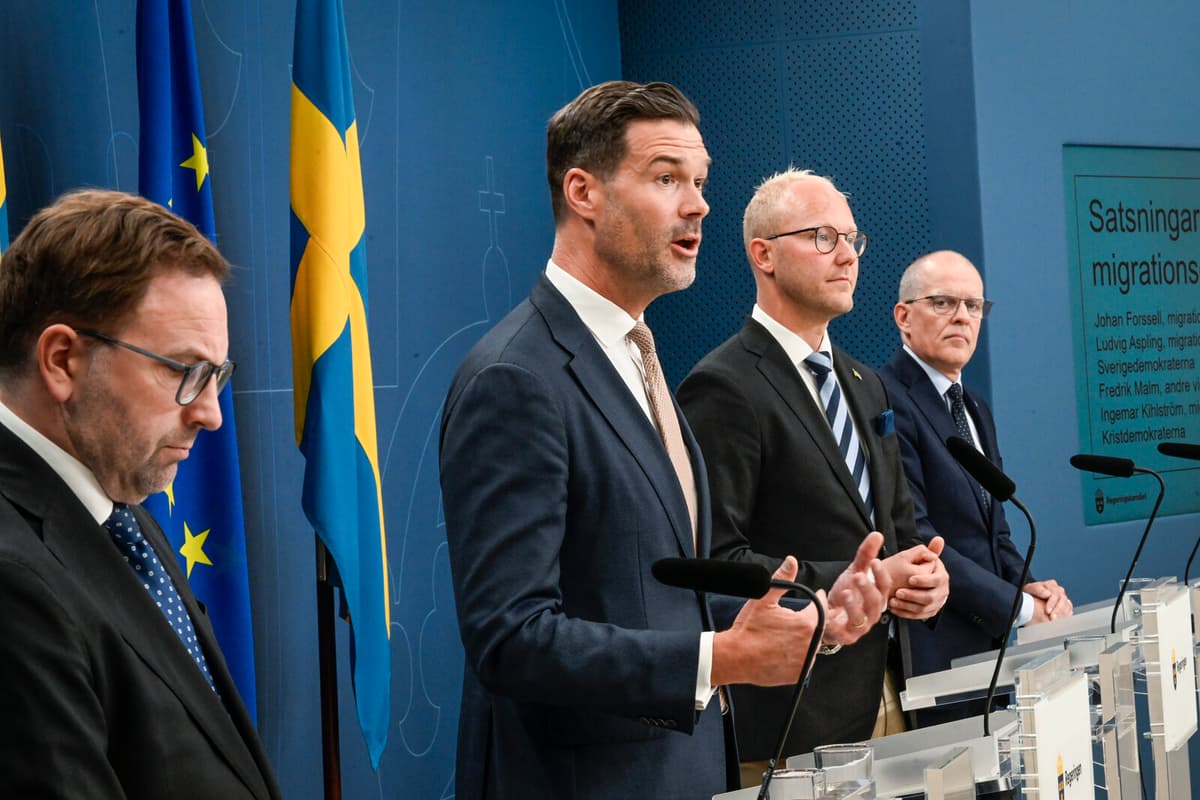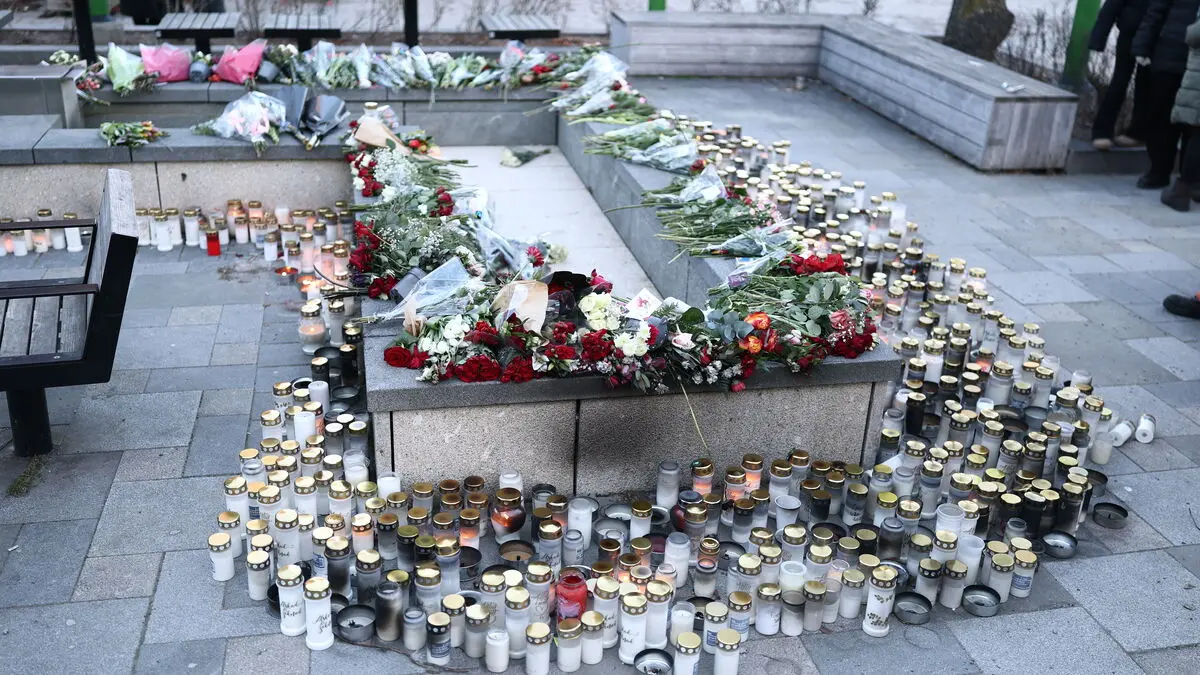The new Minister of Migration, Johan Forssell (The Moderate Party), states that the significantly increased grant is aimed at individuals who are voluntarily interested in returning.
They may perceive that life in Sweden did not turn out as they wanted, that they got stuck in exclusion or are older and want to return to their country of origin, says Forssell.
The government and the Sweden Democrats have not set a target for how many should return.
In the budget, 1.4 billion kronor will be allocated in 2026 for the increased grant. Mathematically, it would be enough for 4,000 people to receive the maximum amount.
Investigation advised against
Today, an adult can receive a maximum of 10,000 kronor.
The grant was used by one person last year, so the potential appears to be great, says Forssell.
In 2025, 105 million kronor will be allocated, among other things, for information about the grant. It should be aimed at individuals and not at immigrants from certain countries.
Furthermore, a regulatory framework will be developed for how the grant should be designed and what requirements should be met to receive it.
Recently, the government's investigator Joakim Ruist advised against such a large increase in the grant. It would, according to him, send the signal that the target group is unwanted in Sweden and thus have a negative impact on the willingness to integrate.
But the investigator also says that there is no evidence that the grant has harmed integration in Denmark, says Forssell.
"Pool of potential"
The investigator also stated that he has not found any country with a successful method for stimulating large-scale return migration.
Ruist estimated that if Sweden introduced a grant similar to the one in Denmark, around 1,300 people per year would emigrate at an average grant level of around 350,000 Swedish kronor. About 600 of these were estimated to emigrate even if no grant was available.
I think it's an underestimation. The pool of potential candidates should be quite large considering the large exclusion, says SD's migration policy spokesperson Ludvig Aspling.
He points out that 400,000-500,000 people born abroad are long-term unemployed, unemployed or have difficulty supporting themselves.
It doesn't mean that everyone will take advantage of this, says Aspling.
Peter Wallberg/TT
Facts: Today's return migration grant
TT
Today, an adult can receive a maximum of 10,000 kronor and a child 5,000.
A family can receive a maximum of 40,000 kronor.
The grant can be applied for by those who have received temporary or permanent residence permits
They must be refugees, or have been granted asylum, or have been allowed to stay due to particularly distressing circumstances.
Or have come to Sweden due to ties to someone in those groups.
Source: The Swedish Migration Agency
In 2025, the allocation will increase by 0.5 billion kronor, in 2026 by 2.6 billion kronor, and in 2027 by 1.4 billion kronor.
The additions will be used for:
• more efficient reception and return, including more detention centers
• combating fraud and abuse, including increased use of biometric data at the Migration Agency,
• increased voluntary return migration, with a significantly increased return grant
• expanded internal alien controls
Source: Ministry of Justice





